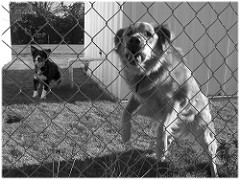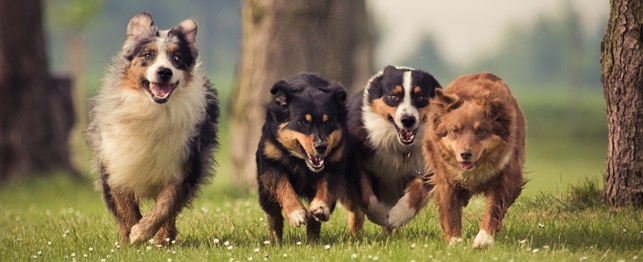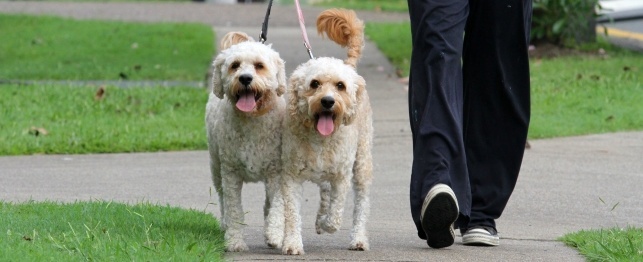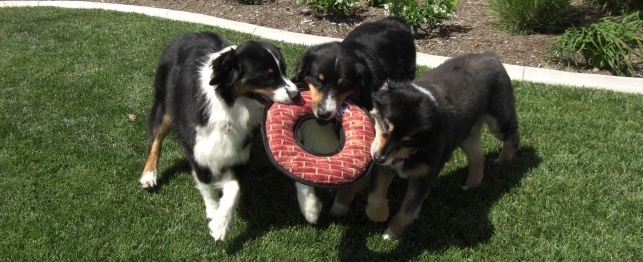Training your dog is just a way of ensuring that it acts in a disciplined and reasonable manner. Dog training certainly is a process that involves a series of well-articulated orders repeated unfailingly enough for a dog to get used to and respond to. There are innumerable aspects of dog training. However, obedience dog training is a fundamental training process that a dog must go through first. It is the desire of all dog owners' that their dogs obey their directive. Once you can train your dog to obey, every other thing falls into place.
In obedience dog training, there are five basic directives or behaviors that a dog is taught. They are:
- Down: This instruction is ordinarily uttered to calm an especially exuberant dog. Your dog may be the overly excited kind that loves to paw people, lunge at them or even tug at their clothes. Teaching a dog to stay down when you order it to can help to keep its excesses in check. The 'down' order is certainly a position of subservience the dog adopts when it is being excessive in its behavior.
- Sit: You can train your dog to sit down in a exact place. This direction is good for situations where you can't go into specific places with your dog. Teaching your dog to sit down and stay put while you shop or obtain something prevents it from wandering off and getting lost.
- Stay: The stay direction is almost similar to the sit direction except that you use it in situations where you are going to leave your dog alone for an exceptionally long period of time.
- Recall: Calling your dog to you is a command that establishes you as the master. The recall command is proposed to call your dog's attention to you and to get it to come to where you are.
- Close or loose leash walking: You need to teach your dog how to respond to a leash. One basic dog-training tool, the leash enables you to do a variety of things ranging from walking your dog to correcting your dog. A dog that isn't used to a leash may not be able to respond favorably to your other directives.
Each of these instructions is executed using different words depending on the dog trainer. Use words that your dog will easily understand and get used to.

 Stop Dog Barking: The Real Approach To Train Your New Family Dog.
Part of training your dog to stop dog barking is learning t
Stop Dog Barking: The Real Approach To Train Your New Family Dog.
Part of training your dog to stop dog barking is learning t
 Parks & Recreation: 7 Tips for Enjoying Dog Parks
Parks & Recreation: 7 Tips for Enjoying Dog P
Parks & Recreation: 7 Tips for Enjoying Dog Parks
Parks & Recreation: 7 Tips for Enjoying Dog P
 How Much Exercise Does My Dog Need?
How Much Exercise Does My Dog Need?
How Much Exercise Does My Dog Need?
How Much Exercise Does My Dog Need?
 Playing Tug of War with Your Dog
Playing Tug of War with Your Dog
Playing Tug of War with Your Dog
Playing Tug of War with Your Dog
 MORE Games That Delight Dogs
MORE Games That Delight Dogs
MORE Games That Delight Dogs
MORE Games That Delight Dogs